The electronics sector is under pressure.
Demand is high, as are cost-down pressures. And the trend towards miniaturisation is having a marked effect on traditional production supply chains – especially on the manufacture of mould tools required in the production of electronic micro-components.
As a consequence, there is a drive within the sector to invest in manufacturing solutions that help simplify increasingly complex processes, reduce spiralling costs and help offset ongoing skills shortages.
This has led to a focus on innovative and disruptive technologies.
And one of these, quite literally under the microscope, is laser ablation.
The growing complexity of electronic components is pushing some traditional technologies, like die-sinking EDM and milling, to their limits.
Whilst EDM and milling clearly have their advantages, it is with the most complex applications, where new approaches and ’thinking outside the box’ technologies have a role to play.
Says Martin Spencer, GF Machining Solutions (UK), managing director:
“Increasingly, laser technology is being used to either replace, or work in combination with, traditional machining technologies to manufacture micro-cavities used in the production of connectors.
“An example of this is in the manufacture of pin cores for optical lenses in cameras.”
In mould making, the traditional EDM (wire and sink) and milling multiple-step processes, require the production of many high-precision electrodes – each involving (potentially) long set-up and machining times, and the availability of skilled staff.
Furthermore, complex mould tools and mould inserts often require the use of multiple technologies and the design and management of multiple manufacturing ‘steps’ (i.e., use and integration of different cutting tools, electrodes, work handling etc.).
With each of these individual steps – mistakes (e.g., alignment issues) can occur.
Another issue is the increasing use of non-conductive materials (i.e., ceramics, silicon carbide etc.), to manufacture electronic components which, owing to the materials’ properties and component accuracies and surface finish requirements, are difficult to machine using traditional technologies.
The rise of laser technology
Laser technology is the technology of the future enabling complex, high-quality mould tools for connectors and micro-cavities and micro-components to be manufactured.
Two laser technologies, (nanosecond and femtosecond), dominate in laser machining.
Nanosecond pulse technology (i.e., nano-lasers) has been around for a while and still has many uses, but it is femtosecond pulse technology (i.e., femto-lasers), with its ability to deliver the highest precision, with burr-free ablation, that looks set to dominate the electronics sector in the future.
Laser advantages over EDM
- No consumables (i.e., electrodes) are required
- Non-conductive materials can be machined
- Uniformity/consistency over large, machined areas can be achieved
- Functional textures can be reproduced
Laser advantages over milling
- No consumables are required
- Contactless technology, so hard and brittle materials can be machined
- Burr-free results
- Small, intricate features and details can be machined
Laser technology provides a clean, repeatable process that does not require electrodes (or their production), and does not use die-sinking EDM oil in the machining process.
As such, laser technology is faster (does not require the separate milling of electrodes) and more economical (in multi-cavity moulds many electrodes with a short production life are required).
Says Martin Spencer:
“The cost of copper or graphite, added to their machining costs, are high.
“Laser technology, used in full or in part, can help reduce production costs.
“With a combination of femto-second laser and die-sinking EDM, manufacturers can simplify their processes and make them more economical.”
A combined laser and EDM technology solution is available from GF Machining Solutions that is ideal for electronic connector moulds.
The innovative AgieCharmilles (5-axis) LASER P 400U is a machine that provides customers with high-quality laser texturing, blasting, engraving and marking.
Used in combination with EDM (for finishing) an automotive customer was able to revamp its production processes and significantly reduce mould tool lead times (from roughing to pre-finishing).
The customer’s previously used process to machine electrodes for its die-sink operations, took 15 hours to complete.
The new process, using laser ablation took only 12 minutes to rough and pre-finish the moulds followed by 4.5 hours of EDM finishing.
Customers that invest in flexible femtosecond laser equipment for one application – for example, to produce electronic connectors – can use the same equipment for many other applications.
The technology can be used to machine many materials, including copper, gold, silver, nickel, hardened metals, glass, sapphire, ruby and polymers, all with repeatable precision.
Says Martin Spencer:
“Our LASER P 400U, using our LASERCAM software, can help customers reduce their die-sinking processes or eliminate its use, completely.
The machine can engrave and produce shapes and forms irrespective of a material’s hardness or conductivity, in one set up.”
Summary
Lasers can be combined with, or replace, traditional subtractive processes for manufacturing electronic components.
The combination of technologies (i.e., laser and EDM) can improve the results for OEMs’ internal mould making or micromachining operations. With greater productivity and economies than with the traditional methods, lasers can contribute to dramatically faster work throughput, with greater productivity and profitability.
The disruptive technology offers manufacturers a faster, more precise and versatile way to create mould inserts and components.
GF Machining Solutions is at the forefront of these innovative developments.


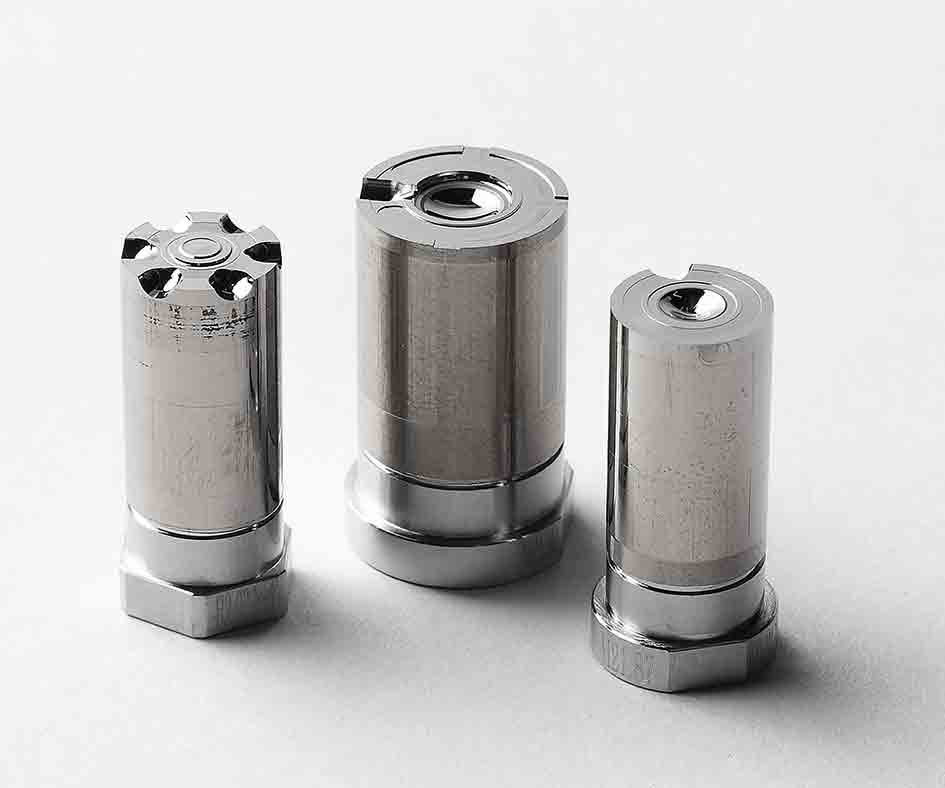
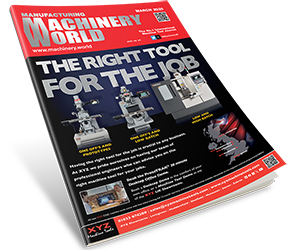

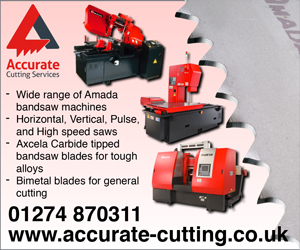
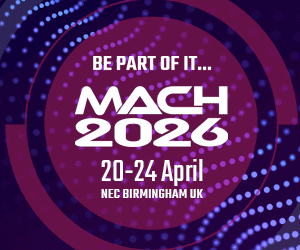
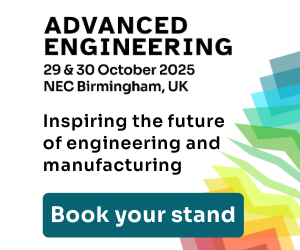
Leave a Reply